When a classroom contains orchids, tulips and dandelions, how can you ensure all blossom equally?
According to a developmental psychology study, each young student is likened to one of these three different types of flowers or plants.
Orchids need a suitable environment; they do not thrive in unsuitable conditions but can blossom in the right environment. Dandelions, wild growing weeds, seemingly thrive everywhere. And tulips can be found somewhere between the other two: a bad environment does affect them, but they do better than the sensitive orchids.
The goal for the application is to recognise motivation and social-emotional skills, and provide feedback.
The OK App designed by Katariina Salmela-Aro’s team seeks to solve the problem where young people’s best moments of expertise and inspiration are not recognised or utilised. The ambitious goal for the application is to recognise motivation and social-emotional skills, provide feedback and develop them – and bring inspiration back to school.
“Moments of inspiration are not recognised, even though everyone gets inspired about something. Inspiration is not systematically developed at school,” says Salmela-Aro.
Although young people in Finland do well in the PISA study, there is room for improvement when it comes to the appeal of school. OK App is a practical tool, a “learning buddy”, according to the OK App team. It helps students recognise their strengths and what motivates them. Self-knowledge will also help them enjoy school more.
OK App is based on a multi-year study, in co-operation with Google, where students experienced moments of what is known as optimal learning. The application identifies these moments and provides immediate positive feedback. In total, a hundred thousand different types of moments of learning have been identified.
With OK App, the student learns to better examine whether his or her skills match the task and how interesting or challenging the student perceives it to be. The application also improves communication skills during the process.
The teacher, in turn, learns to see what inspires students. He or she receives information on the student’s or work group’s optimal learning moments and is able to then assign tasks that help them move forward or overcome problems.
The teacher, in turn, learns to see what inspires students.
“Teachers rarely receive immediate feedback on how they inspire students,” says Katariina Salmela-Aro.
Teachers can help students in their individual learning challenges using tasks included in the application, such as videos and stories about the challenge and overcoming it for each specific student.
“A very short intervention is sufficient for many challenges. You don’t always need a lengthy process,” Salmela-Aro explains.
Through the service, the school is also able to monitor how many optimal learning moments are created during classes as a whole and can then aim to increase them. An inspired school is transformed from a spoken concept to a practical, measurable goal.




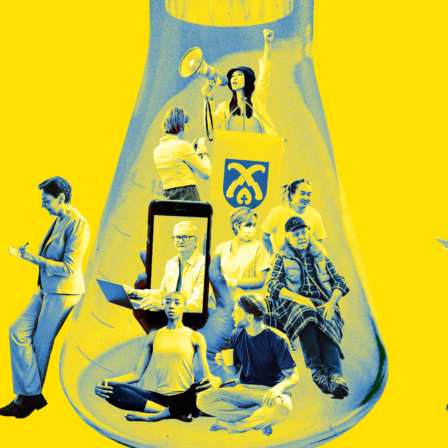

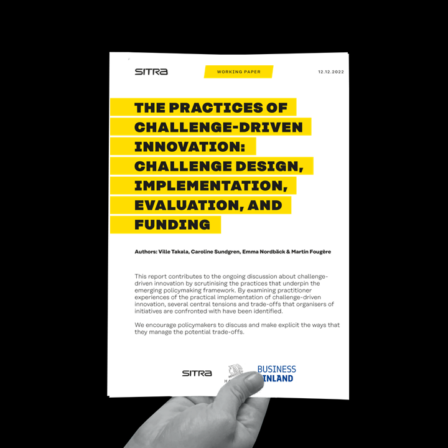

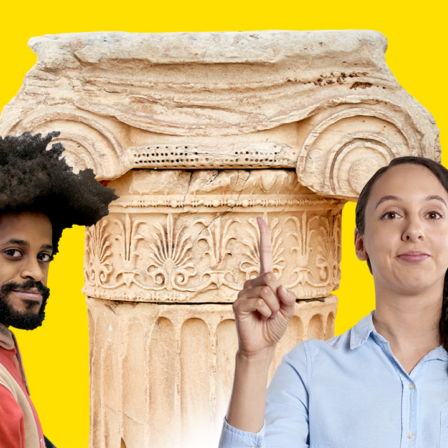
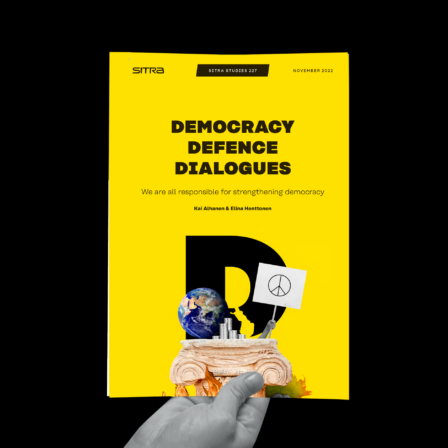


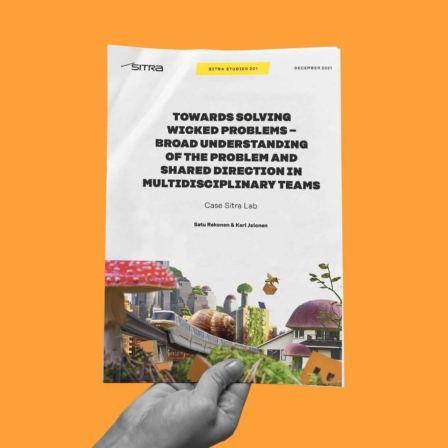


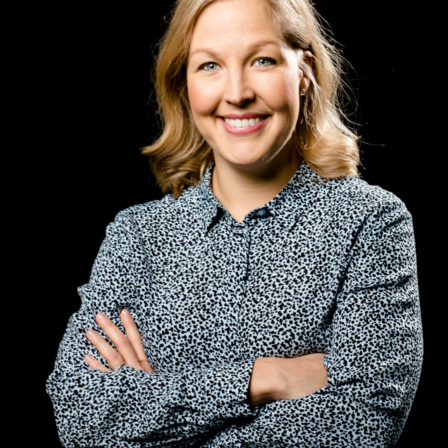
Recommended
Have some more.